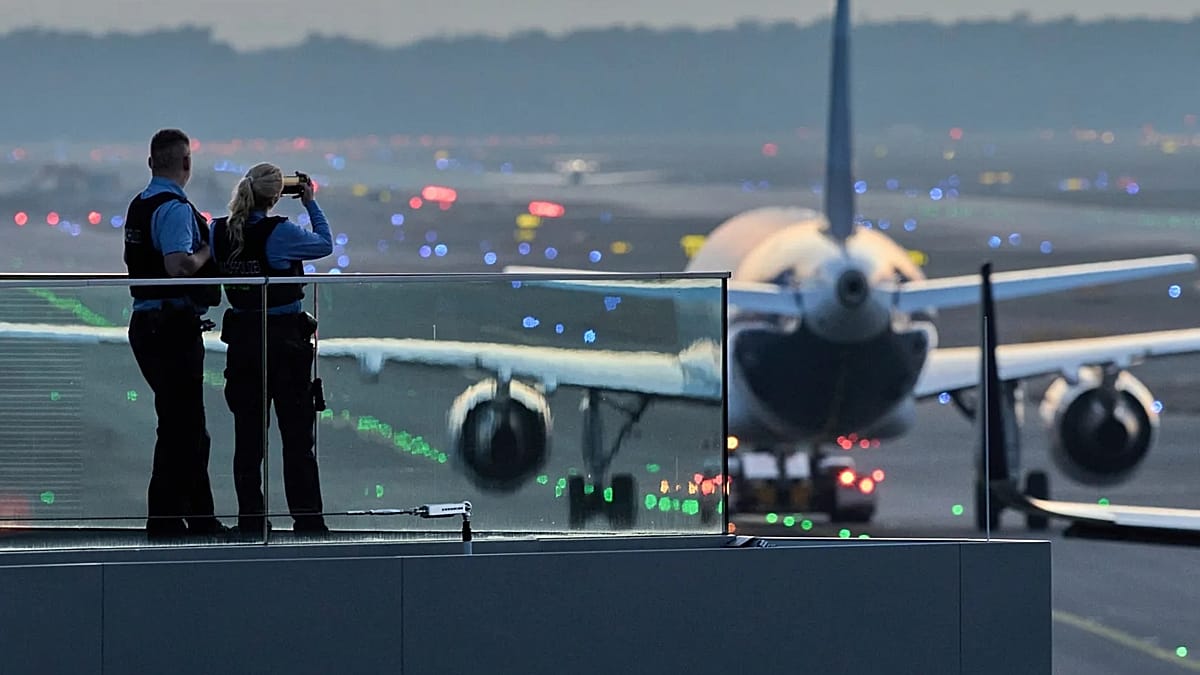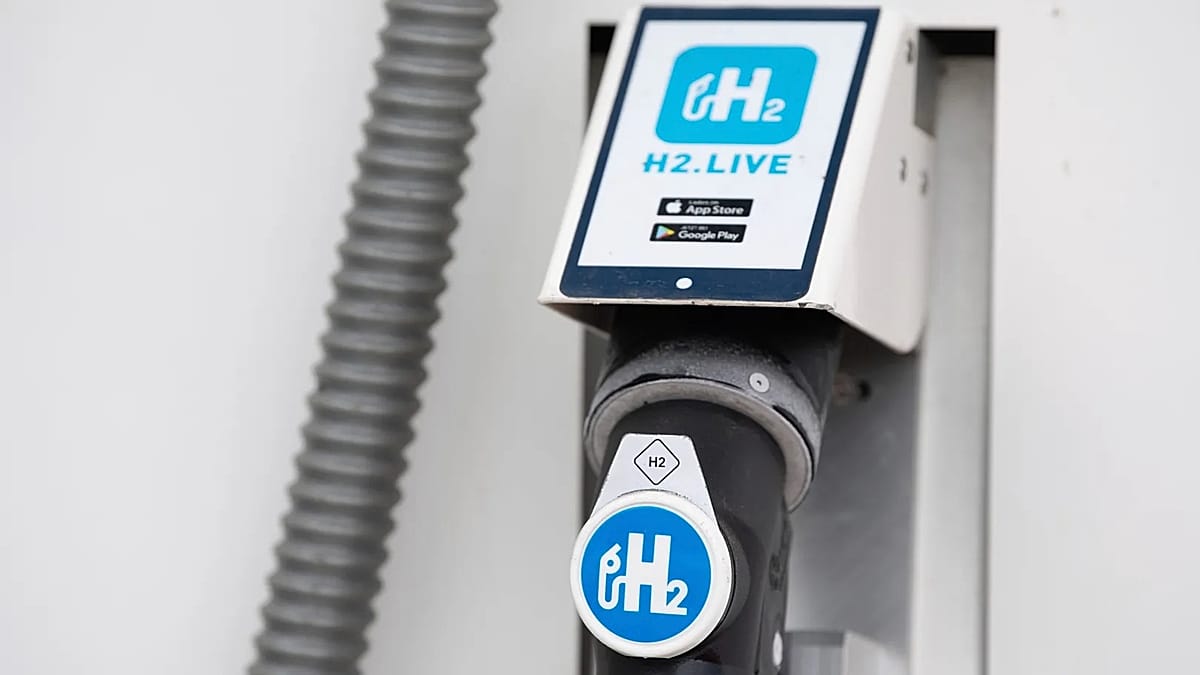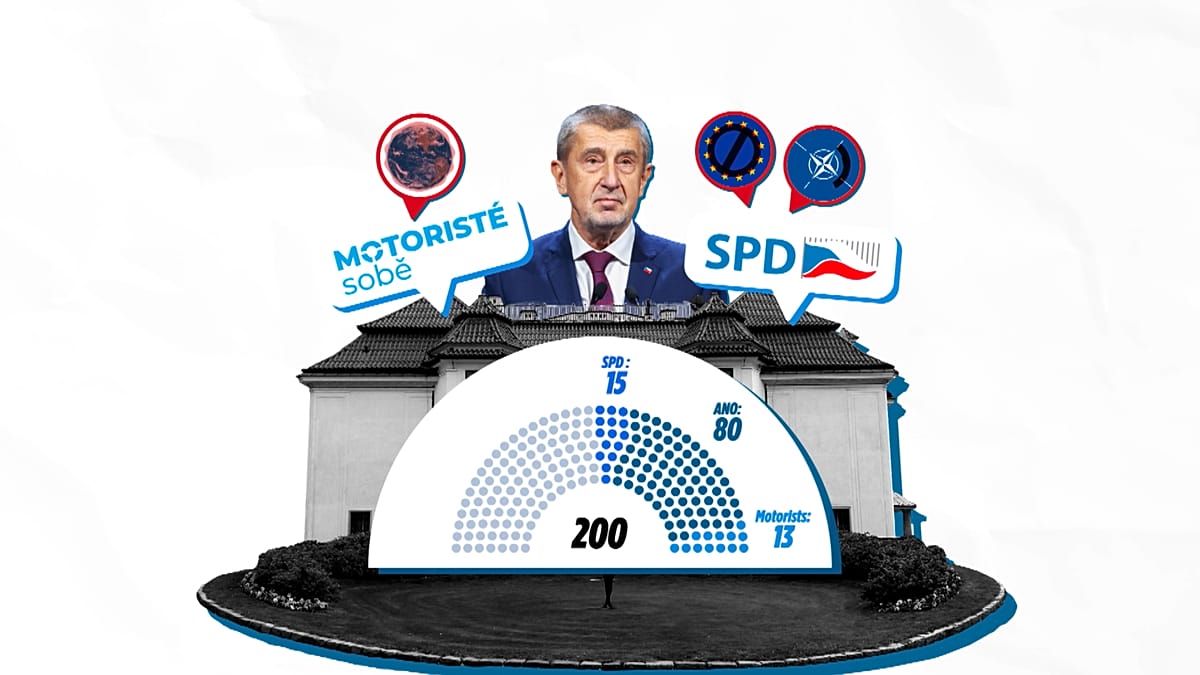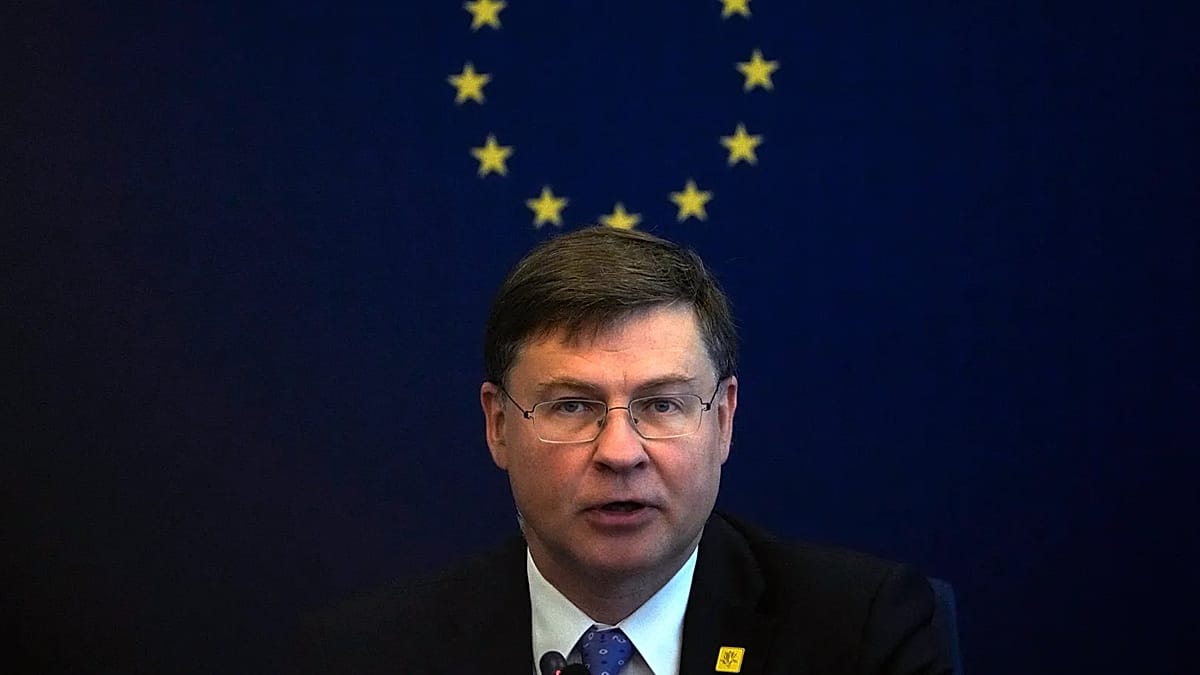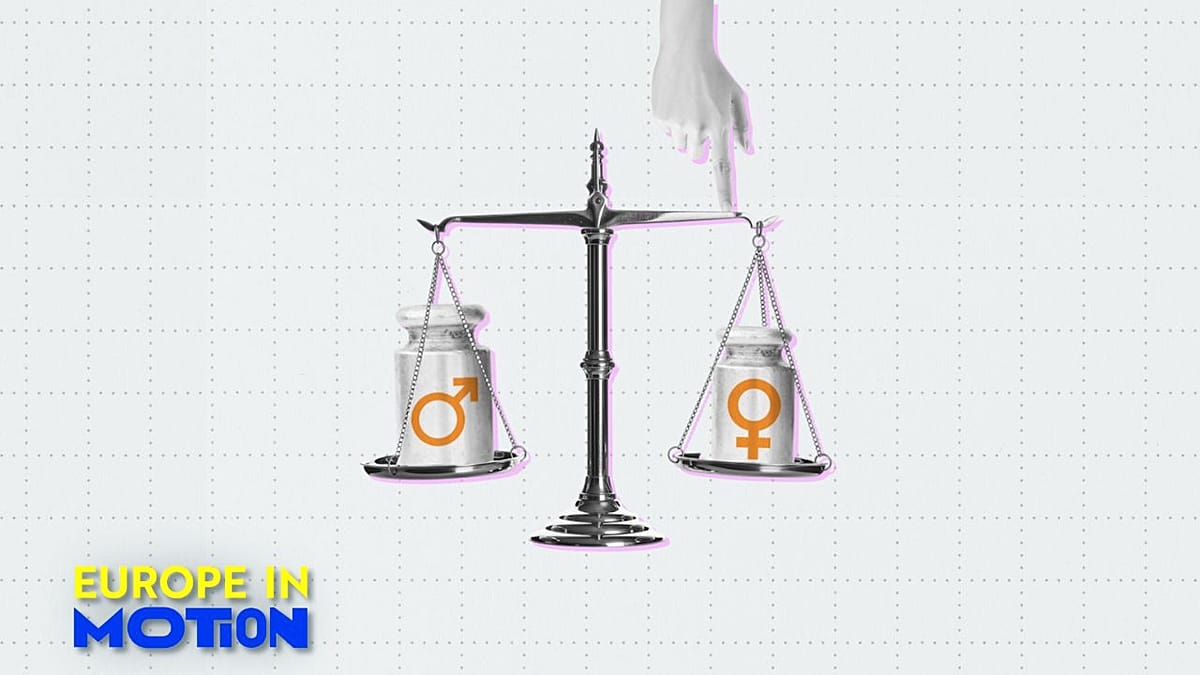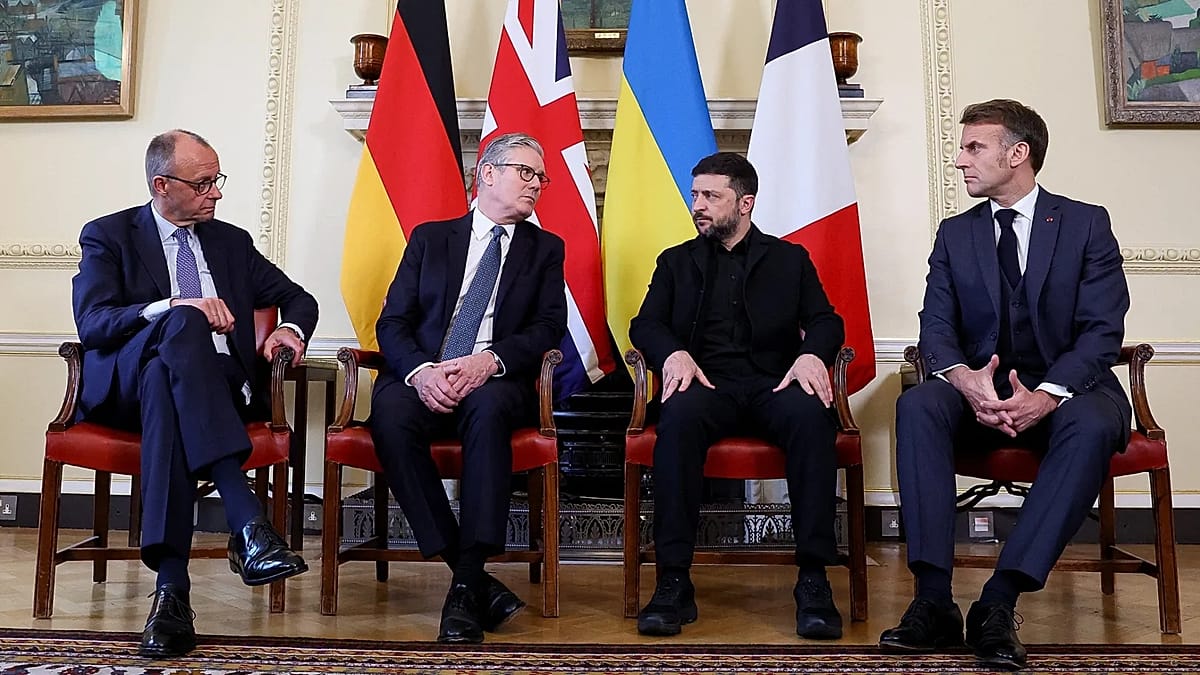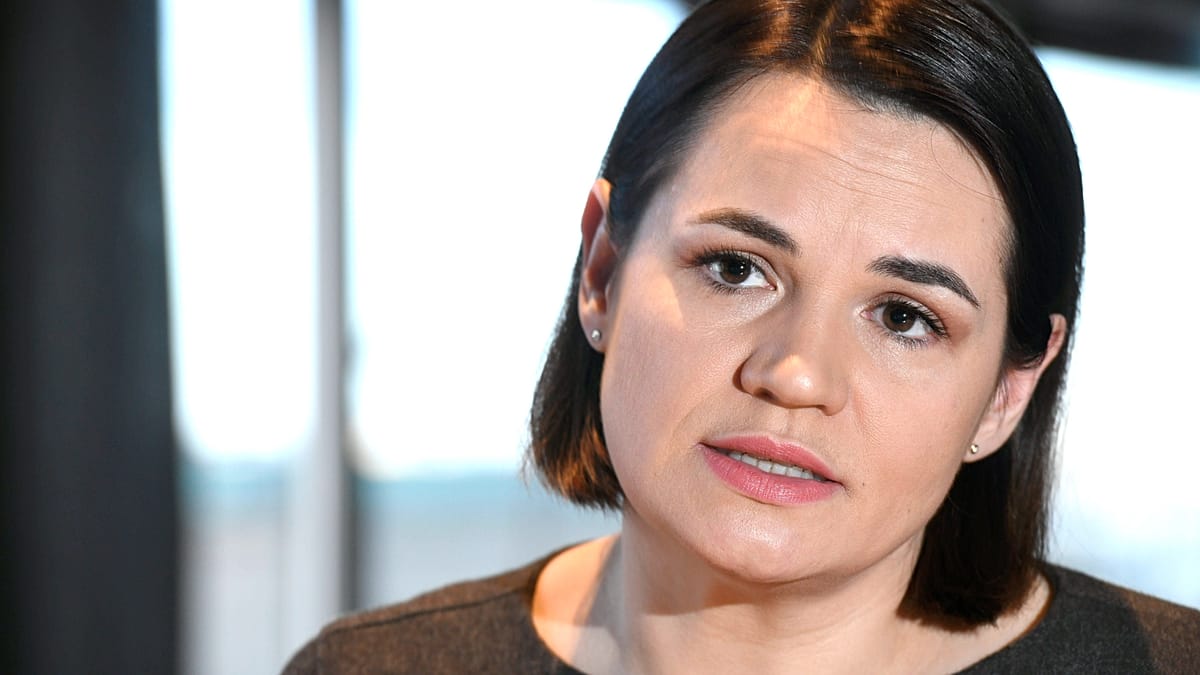ADVERTISEMENT
The European Commission on Thursday said that its newly-unveiled defence roadmap paves the way for the bloc to reclaim its security independence – at least materially.
The 16-page paper builds on months of discussions between the Commission and member states on how to ensure the bloc is ready to defend itself before the turn of the decade when some intelligence agencies have warned Russia could attack another country.
The roadmap’s only novelty is that it puts clear timelines and objectives on targets identified in previous documents including the capability priority areas and the four pan-European flagship projects the Commission believes need to be funded as a matter of urgency.
These include the Eastern Flank Watch, of which the so-called drone wall, now renamed the Drone Defence Initiative, is a key pillar, as well as the European Air Shield and the European Space Shield.
The drone wall, for instance, is meant to be fully functional by end of 2027.
Yet the document provides no new financing options for member states to tap into, nor does it offer any insight into what this wall or the other flagship projects will entail or what they may cost. This will come later.
‘Self-sufficiency’
Still, European Commissioner for Defence Andrius Kubilius insisted that “what we are creating with the roadmap, I would say, is European self-sufficiency in defence”.
“Self-sufficiency means our capacity to produce enough, our own capacity to modernise defence production, and our capacity to finance European production and growth of European defence industry,” Kubilius said.
“Self-sufficiency in defence means independence,” he added.
Nearly 80% of the military equipment EU member states procure comes from outside the bloc, most of it from the US, according to a report by former Italian Prime Minister Mario Draghi.
What the roadmap aims to achieve, in short, is to incentivise member states to jointly procure in a bid to cut costs and accelerate deliveries, close capability gaps and, preferably, ensure member states buy European.
But as one Commission official who spoke on condition of anonymity stressed, “it’s not about creating operational structures, that’s up to NATO”.
Pressed on whether this potentially creates a governance issue for the four EU member states who are not part of the military alliance and who may contribute some of their taxpayers’ money towards these flagship projects, the official said that “should there be a crisis, should war break out, then NATO operationally will manage that, together with the appropriate arrangements with member states that are not members of NATO”.
“If they feel that they’re affected, they will be part of the effort. If they contribute to creating capabilities, then it’s because they think that they might find themselves obliged to contribute in the future,” the official added.
The military alliance, of course, is heavily influenced by Washington, which remains the largest contributor by far. Yet, the US is widely expected to start scaling down its presence in Europe as it pivots towards the Indo-Pacific.
The response to airspace violations in Poland, Denmark, Estonia and Romania last month has also exposed some inefficiencies in how the alliance operates, notably over the use of national caveats which can slow down the ability to act in times of crisis.
The wars of tomorrow
On defence, the Commission treads a difficult line. This is an area where member states fervently retain sole competence over and so the EU’s executive is mostly relegated to an industrial facilitator role.
Some member states have for instance already raised concerns about a proposal from the Commission to carry out annual reviews of member states’ defence acquisitions, arguing it constitutes overreach.
Sweden, for instance, wrote in a position paper seen by Euronews that “it is important that we do not introduce new administrative burdens to track process. Otherwise, this could take focus from member states’ core responsibility – strengthening the European defence readiness”.
Yet, there are positive signs that the Commission’s plan is already bearing fruit.
Member states have joined so-called capability groups in a bid to pool procurement across the nine priority areas, including air defence, drone and counter-drone technologies, missiles and ammunition, and artillery systems. Meetings have been held this week, with the Netherlands and Latvia, for instance, leading a coalition on drones.
EU leaders now need to discuss and back the objectives laid out by the Commission. They will gather for a summit on 23 October where defence will be high on the agenda.
In draft conclusions seen by Euronews, leaders are set to say that particular focus should be brought to “concrete projects to reinforce member states’ joint efforts in enhancing their anti-drone and air defence capabilities” and call for accelerating the development of space assets.
Asked whether the EU is perhaps concentrating too much on immediate threats and failing to identify threats it could face in the future, Kubilius conceded that the EU has been slow to act.
“Drones in Ukraine appeared in 2023 in massive numbers but for different reasons we were not preparing ourselves,” he said.
**”**What we need to see as some kind of challenge for us (is) how we need to be much more agile in preparing ourselves for what we are calling, you know, the wars of tomorrow.”







